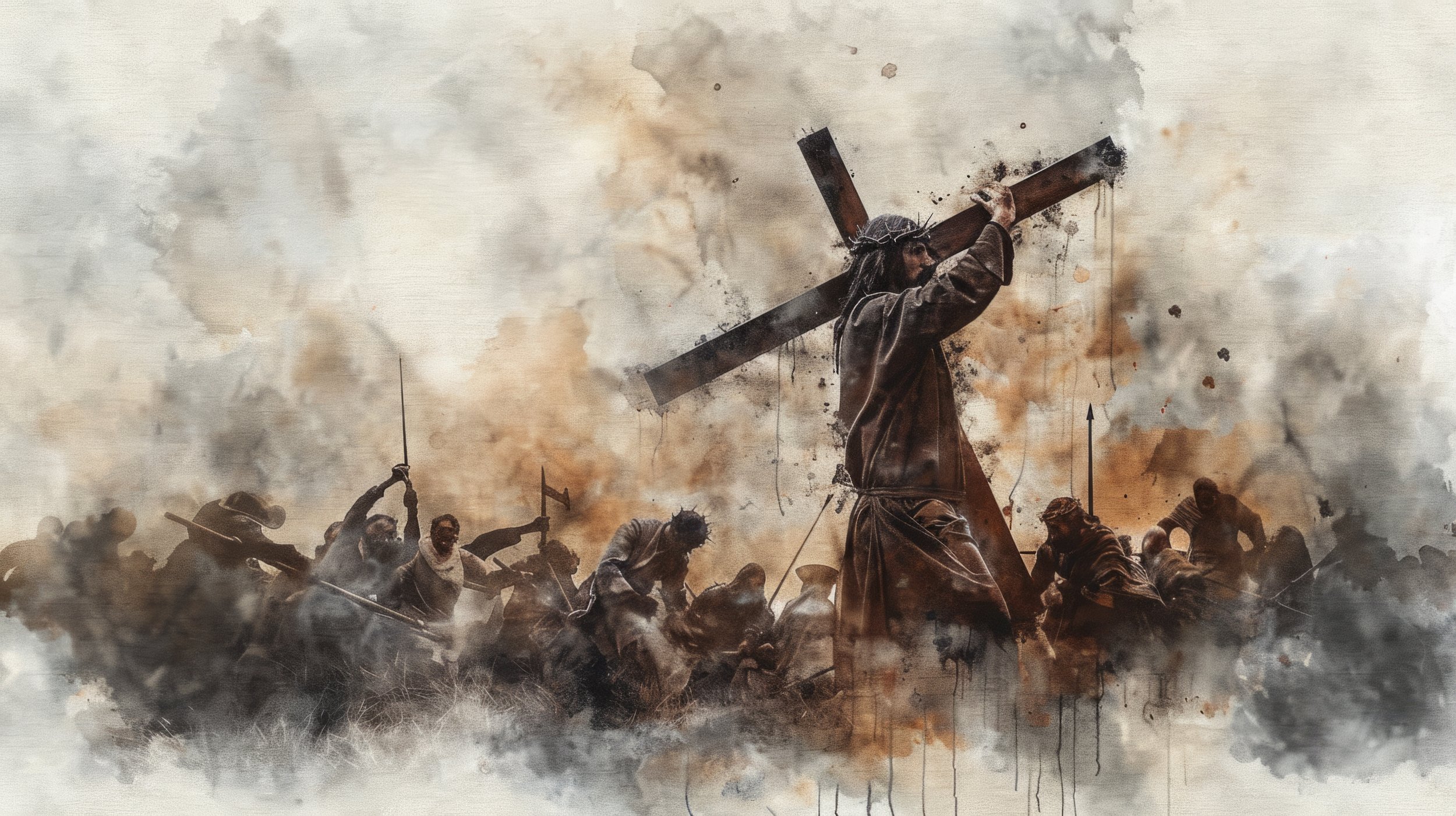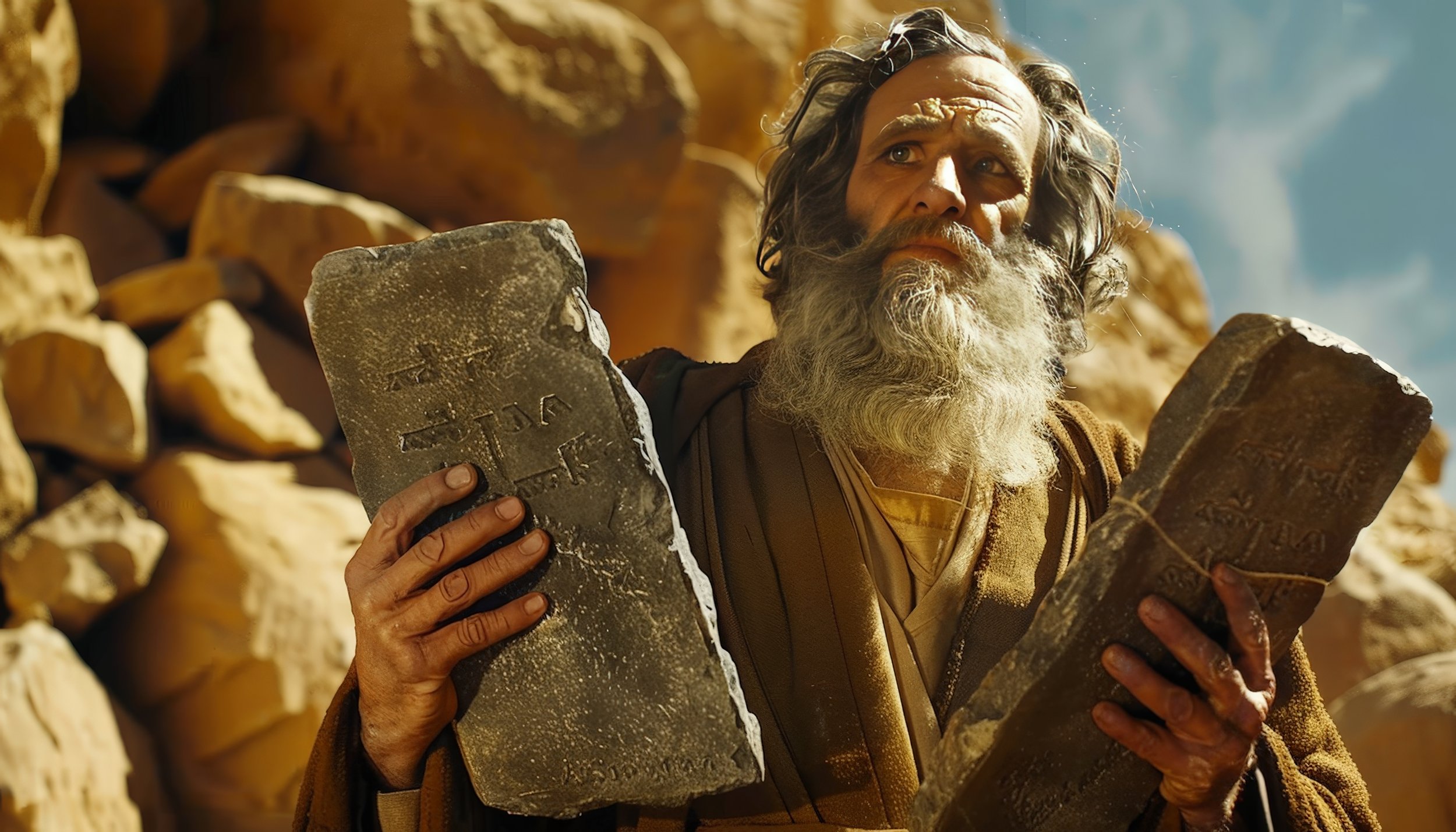
The Jewish Narrative - The Full Gospel Message - The Two Ages: An Introduction
The concept of "The Two Ages" in biblical theology divides history into two distinct eras: "this age" and "the age to come," with the Day of the Lord marking the dividing line. This present age is characterized by God's mercy and the opportunity for repentance, while the age to come promises ultimate justice, restoration, and eternal life. The cross stands at the center of this tension, representing God's love and mercy now while pointing toward the future fulfillment of His redemptive plan. Understanding these two ages shapes our understanding of the gospel and our mission as believers in the world today.

The Hope of a Messiah
The concept of a Messiah in the Old Testament unfolds gradually through God's covenants with figures like Abraham and David, growing from a promise of deliverance into a fully developed expectation. It begins with the promise of an offspring who would crush the serpent’s head (Genesis 3:15), symbolizing the defeat of evil and the restoration of creation. This hope continues through God’s covenant with Abraham, where He promises that through Abraham’s descendants, all nations would be blessed (Genesis 22:18), and is further clarified in God’s covenant with David, promising an eternal kingdom through one of his descendants (2 Samuel 7:12-13). The prophets build on this, foretelling a future ruler who would bring justice and peace to Israel and the nations (Isaiah 9:6-7; Micah 5:2-5). By the time of the New Testament, this messianic hope had matured, and Jesus’ life, death, and resurrection revealed that the Messiah would not only reign but also suffer, fulfilling God’s redemptive plan for all creation.

Messiah ben Joseph: Exploring Messiah Expectations and the Perception of Jesus' First Coming
David C. Mitchell's Messiah ben Joseph uncovers a lesser-known aspect of Jewish messianic expectations: the suffering Messiah. In Jewish tradition, Messiah ben Joseph is a figure prophesied to precede the coming of Messiah ben David, enduring death to pave the way for Israel's redemption. Mitchell’s research, tracing this theme through Psalms, rabbinic texts, and the Talmud, reveals that the suffering and eventual resurrection of Messiah ben Joseph echo the story of Joseph in Genesis, a man rejected by his own but later exalted. The concept of Messiah ben Joseph not only predates Christianity but also bears striking resemblances to Christian claims about Jesus, a detail that has remained a tightly guarded secret within Jewish thought.

The Distortion of the Jewish Narrative: How the Role of the Messiah Has Been Misinterpreted
We need to understand Jesus as the Messiah, whose role has often been misunderstood or diluted over time. Early Christians boldly identified with the Messiah, but various distortions—like Gnostic escapism and dominionistic Constantinianism—shifted the emphasis from the cruciform nature of Christ’s mission. This lesson highlights the need to reclaim a biblical view of Christ as both the Savior who suffers and the King who will return to bring final redemption, ensuring that our faith remains rooted in the true messianic hope.

Shadows of the Messiah
Conclusion
The Torah is not just a collection of laws or ancient stories—it is the foundation of God's revelation and His redemptive plan. As Yeshua Himself said, "If you believed Moses, you would believe Me, for he wrote about Me" (John 5:46). Within its pages, we find the Messiah foreshadowed, prefigured, and proclaimed. Through the teachings of Yeshua and His apostles, we learn that the Torah is a living testimony of God's work throughout history, leading to the ultimate revelation of the Messiah.
As we engage with the Scriptures, let us embrace the call to search for the Messiah in the Torah and live in response to His revelation. Let our study ignite hearts that burn with the same passion as the disciples on the road to Emmaus. Yeshua, the Living Torah, beckons us to follow Him—not just in learning but in action. As Rabbi Elazar ben Azariah taught, our deeds must grow alongside our learning, rooting us deeply in God’s Word and empowering us to stand firm in every season. May our journey through the Torah and the Prophets strengthen our faith, deepen our discipleship, and draw us closer to the One they so powerfully reveal.

The Taryag: 613 Commandments
The tradition of the 613 commandments, or Taryag Mitzvot (תריג מצוות), reflects an ancient and systematic understanding of the Torah's instructions. Since the Mishnaic Era, Jewish scholars have categorized these commandments into 248 positive ("do this") and 365 negative ("do not do this") precepts. Maimonides' monumental work, Sefer HaMitzvot, established a widely accepted codification, detailing the practical applications and distinctions of the commandments. However, not all 613 commandments apply universally, as some are specific to gender, priestly status, or even historical circumstances, such as the existence of the Temple. While the number 613 provides a symbolic framework, the essence of these commandments lies in their ability to reveal God's will and guide daily life. As Deuteronomy 30:14 reminds us, "His commandments are not burdensome but are in our mouths and hearts to do them."